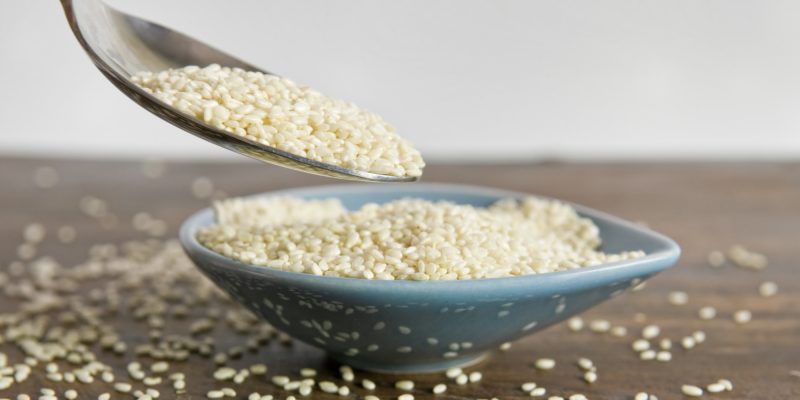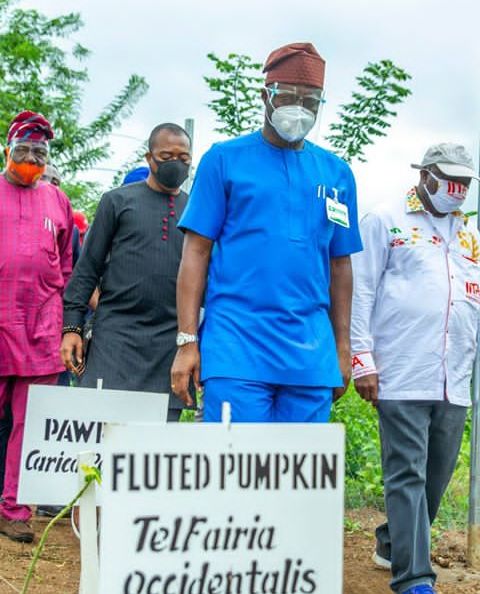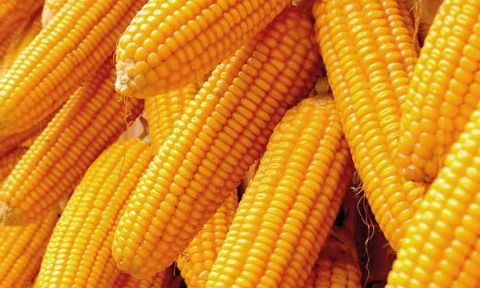Sesame seed, sesamum indicum is a flowering plant. This is seed has a wide variety of relative spread in Africa. Widely naturalized in tropical regions around the world and dating as old as man’s existence, it is the oldest known oil seed to man. Sesame seed was domesticated over 3000 years ago for consumption. It is highly tolerant to drought and can grow where other crops fail.
The world over, there are about 4.8 million tonnes of sesame seed produced. While Myanmar is the largest producer, India and China are the largest exporters. The largest importers of this seed are Japan and China. In Africa, Nigeria comes about the seventh largest producer after Ethiopia and Sudan.
As a result of the drought-resistant nature of the plant, it thrives well in the Northern part of Nigeria and some parts of the West. It can also be grown in some part of the South East and South South. It has been successfully grown it in Ebonyi and Northern part of Cross River States. While it also grew in Delta, its hybrid did not yield much seed although the leaves were bigger.
Nigeria currently produces about 300,000 tonnes of Sesame Seed with the largest producing states being Jigawa, Nassarawa, Benue and Taraba. About a total of 26 States grow sesame presently and the production is expected to increase given the good prices obtained by farmers and increased demand worldwide.
Two farming seasons ago were especially good for producers. Farm gate prices started off at N160,000/tonne. Prices then dropped to N140,000/tonne and then it began an upward swing and currently is about N300,000/tonne.
Sesame Seed has many uses. It is a very important source of vegetable oil, which contains no cholesterol. It is used in confectionery, pharmaceuticals, cosmetics and other industries. A famous women body lotion Neutrogena is made from sesame oil.
If you want to go into farming Sesame Seed, best to begin by learning best practices and how to get improved seeds. The best state to site your farm would be Taraba State with its two farming cycles a year. The first harvest comes in August while the second usually comes around in October. It is the only state with this unique feature. You may also want to try Jigawa, Niger and Bauchi.
You should also be thinking of space to production ratio. With best practices a hectare of land can produce between 1-1.5 tonnes of sesame seed. While your investment/hectare should fall at about N60,000. This will go into payments for land preparation, seeds, fertilizer planting and harvesting. Planting can be done by a mechanical planter in ridges or by broadcasting on plain land. A hectare of land would require 4kg of seed, 4 bags of NPK and 1 bag of urea.
Too much rainfall reduces the yield of the seed so it is important to obtain the right information for the planting period. For this you can rely on data from the Nigerian Metrological Agency (NIMET). Access to and use of the soil map of Nigeria will also be of great advantage.
As mentioned earlier, you have a ready market for Sesame seeds. About 95% of the production is exported. Major destinations for Nigeria sesame seed are China, Turkey, Japan and India. Other countries like Poland and Netherland also receive Nigerian Sesame in smaller quantities. The Middle East is beginning to be of interest and there is a high likelihood for an increase in demand from UAE, Saudi Arabia and Kuwait. This new frontier in sesame exportation market could provide better pricing, culminating in improved rewards for the sesame farmer. A visit to The Nigerian Export Promotion Council (NEPC) will provide you with the best information to work with.





Leave A Comment